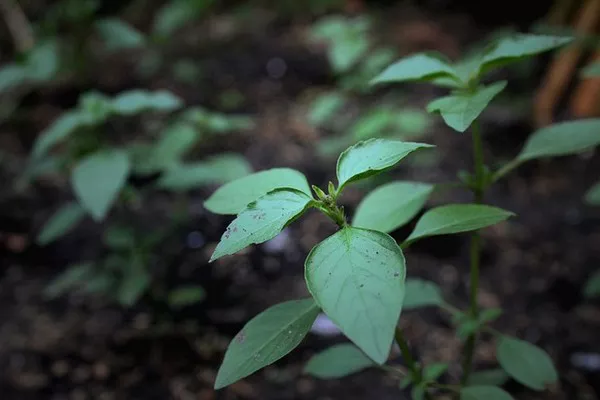Basil, a fragrant and flavorful herb revered in culinary traditions around the world, has long held a special place in gardens and kitchens alike. Its distinctive aroma and versatility make it a staple ingredient in countless dishes, ranging from Italian pesto to Thai curries. As gardening enthusiasts and culinary connoisseurs alike cultivate their basil plants, an intriguing question often arises: How long do basil plants live? In this exploration, we delve into the intricacies of basil’s lifespan, factors influencing its longevity, and expert insights on maximizing the plant’s vitality for an extended period.
Basil’s Life Phases
The lifespan of a basil plant encompasses several distinct phases, each contributing to its overall growth and eventual demise. Understanding these phases sheds light on the factors influencing its longevity:
1. Germination and Seedling Stage:
Basil’s journey begins as a tiny seed. Under optimal conditions of warmth, moisture, and light, these seeds germinate and emerge as delicate seedlings. This stage typically lasts for two to three weeks, after which the seedlings develop their first true leaves and establish their root system.
2. Vegetative Growth:
The vegetative stage is characterized by rapid leaf production and the development of a sturdy stem. With the right care, this phase can span several weeks to a few months, depending on factors such as environmental conditions and the specific basil variety.
3. Flowering and Bolting:
As basil plants mature, they transition into the flowering stage. This is marked by the appearance of flower buds on the tips of the stems. Bolting, the sudden elongation of the stem to support flower production, often signals the approaching end of the plant’s lifespan.
4. Reproduction and Seed Formation:
During the flowering stage, basil plants focus their energy on producing flowers and seeds. Once the flowers bloom and are pollinated, they give way to small, round seeds. This stage contributes to the basil plant’s natural life cycle, as it prepares to reproduce and ensure its genetic continuity.
Factors Influencing Basil’s Lifespan
A variety of factors play a crucial role in determining the lifespan of basil plants:
1.Environmental Conditions: Basil thrives in warm and sunny conditions. Exposure to adequate sunlight, well-draining soil, and appropriate temperature ranges significantly impact the plant’s longevity. Sudden temperature drops or extended exposure to frost can hasten its decline.
2. Watering Practices: Consistent and appropriate watering is essential for basil’s health. Overwatering or underwatering can stress the plant and lead to premature wilting or disease susceptibility.
3. Pests and Diseases: Basil plants are susceptible to certain pests and diseases, such as aphids, whiteflies, and downy mildew. Timely pest management and disease prevention measures are crucial in extending the plant’s lifespan.
4. Pruning and Harvesting: Regular pruning of basil helps encourage bushier growth and prevent premature flowering. Harvesting leaves encourages fresh growth and prevents energy allocation to flower production.
5. Varietal Differences: Different basil varieties exhibit varying lifespans. While some varieties are annuals, completing their life cycle within a single growing season, others may behave as perennials, returning year after year under favorable conditions.
Extending Basil’s Lifespan: Expert Insights
Gardening experts offer valuable insights into prolonging the lifespan of basil plants:
1. Proper Harvesting Techniques:
Dr. Ann Chase, a horticulturist, emphasizes the importance of mindful harvesting. She advises, “Harvest leaves regularly but avoid removing more than one-third of the plant at a time. This practice helps the plant maintain its vigor and promotes continuous growth.”
2. Preventing Flowering:
Tom Harris, a seasoned gardener, underscores the significance of preventing premature flowering. He suggests, “Pinch off flower buds as they appear to redirect the plant’s energy into leaf production. This will delay the onset of the flowering stage and extend the plant’s lifespan.”
3. Companion Planting:
Horticulturalist Jane Miller suggests companion planting as an effective strategy. “Pairing basil with other compatible plants, such as tomatoes, peppers, or marigolds, can deter pests and create a beneficial environment that promotes basil’s health and longevity.”
Conclusion
Basil, a cherished herb celebrated for its aromatic charm and culinary contributions, embarks on a fascinating journey of growth and vitality. While the duration of a basil plant’s life is influenced by a myriad of factors, careful cultivation practices and a thorough understanding of its lifecycle can contribute to its extended lifespan. By providing optimal conditions, practicing vigilant care, and harnessing expert insights, gardeners and cooks alike can savor the presence of basil in their gardens and kitchens for an extended period, ensuring a harmonious partnership between nature’s bounty and culinary creativity.


